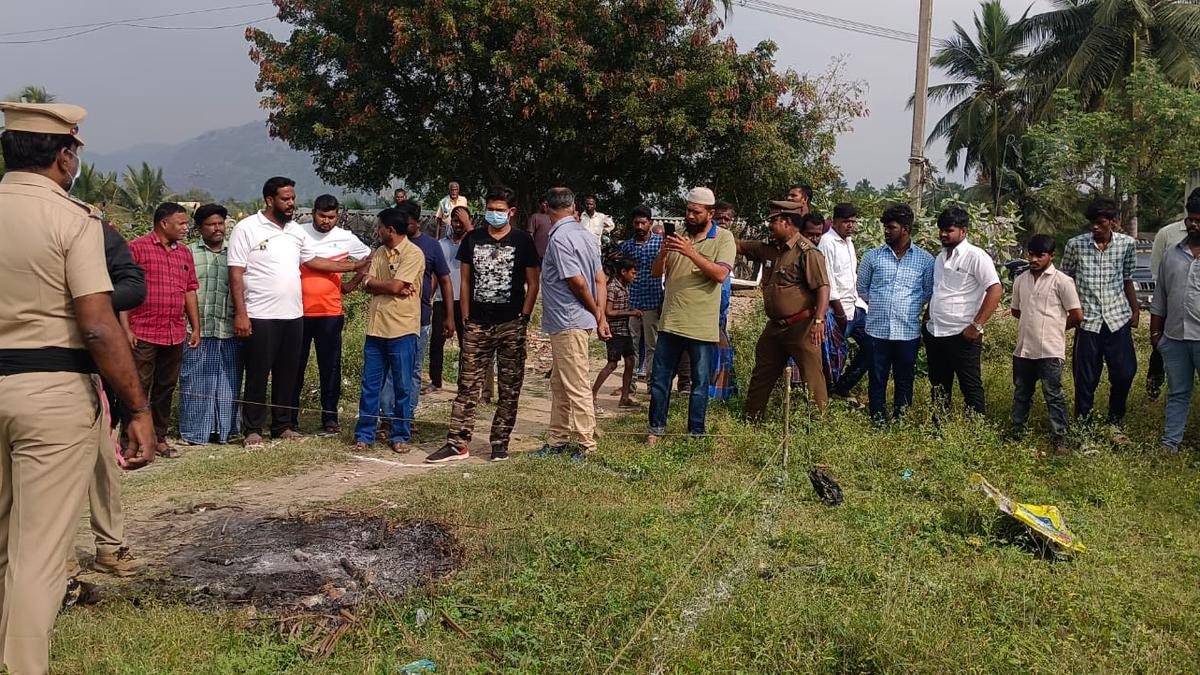
Six-foot Indian python burnt alive near Ambur town
The Hindu
Residents burn Indian python alive in Tirupattur, inquiry underway to find culprit.
A six-foot-long Indian python was attacked and burnt alive after it entered a neighbourhood at Anwar Nagar in Chinnavarigam village on Saturday night.
Forest officials said they received an alert from residents who spotted an Indian python at a vacant plot in Anwar Nagar, five kms away from Ambur town in Tirupattur.
A team of officials rushed to the spot to find the reptile in a semi-burnt condition. Even though they doused the fire and rescued the python, it succumbed to the burns. “We reached around 9.20 p.m. Despite our rescue efforts, the python died. Lack of awareness among residents is the reason behind this tragic incident,” M. Babu, Forest Range Officer (Ambur), told The Hindu.
Naga Satish Gidijala, District Forest Officer (DFO), Tirupattur, inspected the spot on Sunday. A person is being questioned in connection with the incident.
Initial inquiry revealed that the python might have come from Ambur Durgam Reserve Forest, which is around 2.5 kms away. Sources said a child playing outdoors spotted the python crawling into the bushes. Immediately, a group of people gathered, and one of them reportedly attacked the snake. An inquiry is under way, forest officials said.
Indian python has been classified under Schedule I of the Indian Wildlife Protection Act, 1972. Causing injury to it attracts a fine amount and at least six months of imprisonment.













